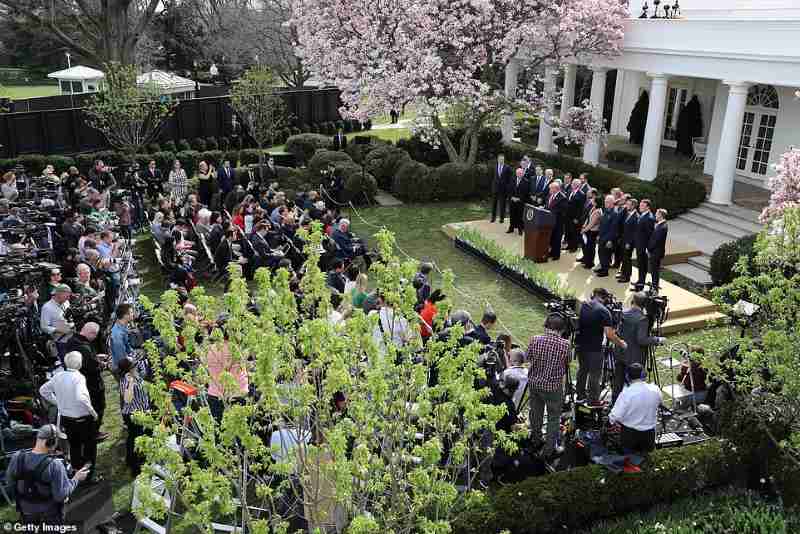Politics
Trump Announces an Innovative Tariff Plan in the Rose Garden
U.S. President Donald Trump unveiled an innovative tariff plan during a ceremony held in the Rose Garden, marking a significant shift in the country’s trade policy. The U.S. government will apply a 10% tariff on all imports and higher tariffs for certain countries, as announced by the president.
Key Details of the Tariff Plan
The plan combines two proposals discussed by Trump’s advisors: a generalized 10% tariff and differentiated tariffs by country. This change aims to restructure the international trade landscape, starting on April 5.
Differentiated Tariffs by Country
Trump will impose higher tariffs on countries deemed problematic. Japan will face a 24% tariff, while the European Union will be hit with a 20% tariff. These new tariffs will take effect on April 9, exceeding the general 10% tariff.
China to Face Higher Tariffs
For China, the new plan includes a 34% tariff, which will be added to previous taxes, such as the 20% tariff on fentanyl. The base rate for Chinese imports will be 54%, further impacting trade relations with the Asian giant.

The Influence of JD Vance A Vice President with His Own Ambitions?
During George W. Bush’s first term, Dick Cheney played an influential role. Unlike Cheney, JD Vance is much…
Mexico and Canada Exempt from Tariffs
One of the standout measures is that Mexico and Canada will be exempt from the new reciprocal tariff system. This benefits companies located on the border between these countries and the U.S., boosting regional economic cooperation.
Impact on the Automotive Sector
Starting at midnight, Trump will impose a 25% tariff on vehicles manufactured abroad. This measure will impact imported cars, changing the dynamics of the global automotive market.
Market Reactions and Stock Futures
U.S. stock futures fell following the announcement, reflecting concerns that these tariffs may slow economic growth, raise inflation, and destabilize global markets. Major companies like Apple, Amazon, and Nike saw declines of more than 4%.
Follow Developments and the Evolution of Tariffs
Trump’s announcement marks the beginning of a process that will change trade dynamics in both the short and long term. As tariffs are implemented, reactions in international markets are expected.


